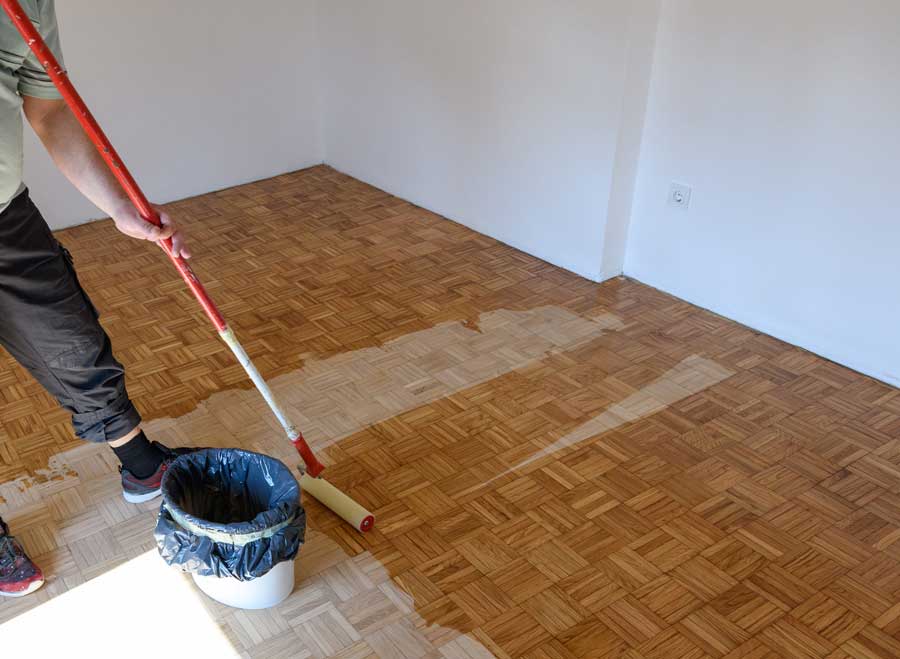How to Finish Hardwood Floors
Wood floors have an undeniable charm and warmth, making them a popular choice for
homeowners seeking to enhance the aesthetics of their living spaces. However, when it
comes to how to finish hardwood floors, the common belief that more finish is always better may
not hold true. In this blog post, we will explore the reasons why an excess of finish on a wood floor may not be the best approach and how finding the right balance is crucial for maintaining the beauty and longevity of your wooden surfaces.
Understanding Wood Floor Finishes:
Wood floor finishes serve various purposes, including protecting the wood from wear
and tear, enhancing its natural beauty, and providing ease of maintenance. There are
different types of finishes available, such as polyurethane, varnish, wax, and oil-based
finishes, each with its unique characteristics and benefits.
The Pitfalls of Excessive Finish:
- Diminished Aesthetic Appeal: Applying too much finish can lead to a glossy and artificial appearance, detracting from the natural beauty of the wood. Excessive finish may create a plastic-like sheen, obscuring the grain and character of the wood beneath.
- Poor Breathability: Wood is a living material that expands and contracts with
changes in temperature and humidity. An excess of finish can hinder the wood’s ability
to breathe, leading to issues like warping, cupping, or cracking as the wood tries to
adjust to its environment. - Difficulty in Maintenance: While finishes are intended to make maintenance easier,
an excess of finish can result in a surface that is difficult to clean or refinish. Stripping
away layers of built-up finish becomes a laborious and time-consuming process. - Increased Susceptibility to Scratches: Ironically, a thicker layer of finish doesn’t
always equate to better scratch resistance. In fact, a thick finish may become more
prone to scratches and scuffs, and repairing such damages can be challenging.
Finding the Right Balance:
- Choosing the Right Finish: Selecting an appropriate finish for your wood floor is the first step in achieving a balance. Consider factors such as the wood species, the level of foot traffic, and the desired aesthetic when choosing between oil-based, water-based, or wax finishes.
- Applying the Right Amount: Following the manufacturer’s guidelines for the
recommended number of coats and at the correct coverage rates- not too thick and
not too thin- allows the finish to cure properly thus becoming more durable, as well as
resulting in a cleaner look. - Regular Maintenance: Instead of adding more layers of finish, focus on regular
cleaning and maintenance. Sweep or vacuum regularly to remove dirt and debris that
can cause abrasions, and use appropriate cleaning products to maintain the finish.
Having a maintenance coat of finish applied when needed will add more longevity to
your floor. As you can read about here: https://woodfloors.org/maintenance/
Conclusion:
In the world of wood floor finishes, more is not always better. Achieving the perfect
balance involves selecting the right finish, applying it judiciously, and embracing regular
maintenance practices. By understanding the potential pitfalls of excessive finish,
homeowners can ensure their wood floors remain not only beautiful but also resilient for
years to come.


